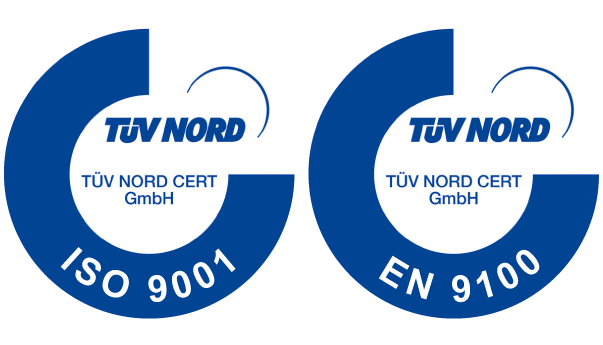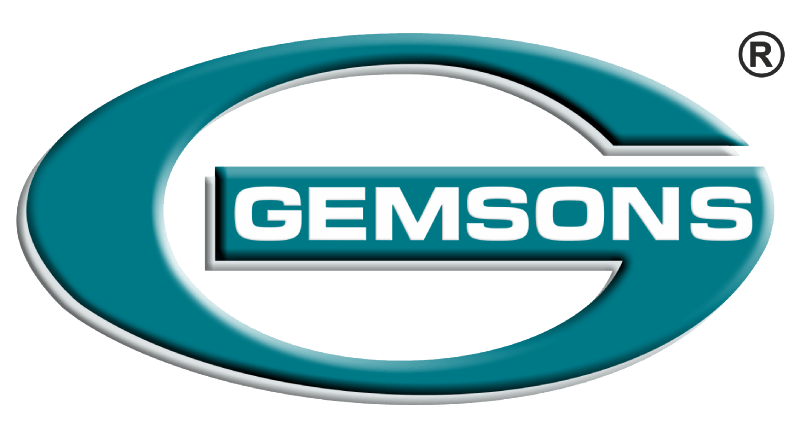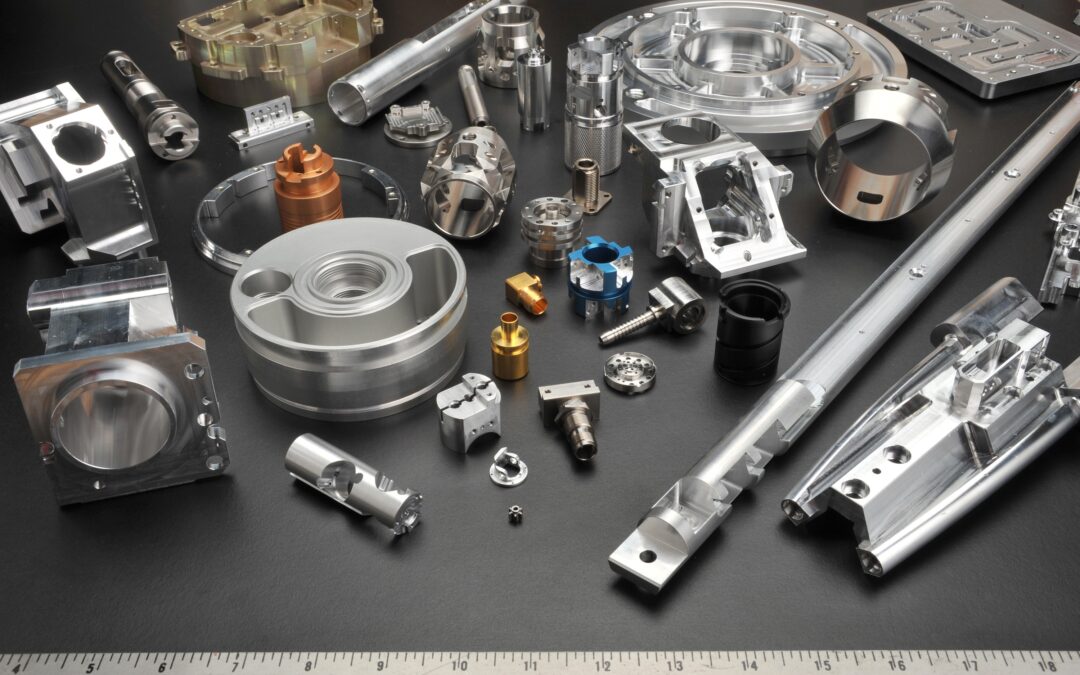Table Of Content
- Basics of CNC Machining Parts
- How to Do CNC Machines Parts Work?
- 15 Parts of CNC Machine
- Advantages of CNC Machining Parts
- Limitations of CNC-Controlled Machines Parts
- Conclusion
- FAQs
Gemsons Precision Engineering Private Limited is a leading provider of precision CNC machining services, specializing in the production of high-quality CNC machining parts. CNC machining is a computer-controlled process used to produce complex parts and components from a variety of materials, including metals, plastics, and composites. In this blog, we will discuss the basics of CNC machining parts, how they work, the main parts of a CNC machine, their functions, and the advantages and limitations of CNC-controlled machine parts.
Basics of CNC Machining Parts
CNC machining is a process that involves the use of computer-controlled machines to create intricate parts and components. The process involves programming a computer to control the movement and operation of cutting tools, which then remove material from the workpiece. CNC machining is a highly precise and efficient method of manufacturing parts, and it is used in a wide range of industries, including aerospace, automotive, medical, and electronics.
CNC machines use a variety of cutting tools, including drills, end mills, and lathes, to produce parts with complex geometries and tight tolerances. These machines are highly versatile and can be used to produce parts from a wide range of materials, including metals, plastics, and composites.
How to Do CNC Machines Parts Work?
CNC machines work by following a set of instructions that have been programmed into a computer. These instructions, also known as G-code, tell the machine how to move the cutting tool and where to remove material from the workpiece. The machine then follows these instructions to produce the desired part or component.
The main advantage of CNC machining is its precision and accuracy. The machines can produce parts with tight tolerances and complex geometries that would be difficult or impossible to create using traditional machining methods. CNC machines also offer a high degree of repeatability, which means that the same part can be produced consistently and accurately over time.
15 Parts of CNC Machine
A CNC machine consists of several main parts that work together to produce precision parts and components. Here are the 15 main parts of a CNC machine and their functions:
- Control Panel – The control panel is the interface between the operator and the machine. It allows the operator to input commands and control the machine’s movements.
- Spindle – The spindle is the rotating component that holds the cutting tool. It rotates at high speeds to remove material from the workpiece.
- Chuck – The chuck is the component that holds the workpiece in place while it is being machined.
- Axis – The axis refers to the direction in which the machine moves. CNC machines typically have three or more axes, which allows them to move in multiple directions and produce complex geometries.
- Feed Rate – The feed rate refers to the speed at which the cutting tool moves along the workpiece. This can be adjusted to produce different surface finishes and speeds.
- Cutting Tool – The cutting tool is the component that removes material from the workpiece. It can be a drill, end mill, or other type of cutting tool.
- Workpiece – The workpiece is the material that is being machined. It can be made from a wide range of materials, including metals, plastics, and composites.
- Tool Holder – The tool holder is the component that holds the cutting tool in place. It is attached to the spindle and allows for quick and easy tool changes.
- Coolant System – The coolant system is used to cool the cutting tool and workpiece during machining. This helps to prevent overheating and improve tool life.
- Motor – The motor is the component that drives the spindle and other moving parts of the machine. It can be electric, hydraulic, or pneumatic.
- Power Supply – The power supply provides electricity to the machine, which is used to power the motor.
- Ball Screws – Ball screws are used to convert rotational motion into linear motion. They are used to move the axis of the machine with precision and accuracy.
- Way Covers – Way covers are used to protect the machine’s moving parts from dust, debris, and other contaminants.
- Encoders – Encoders are used to provide feedback on the position of the machine’s moving parts. This helps to ensure that the machine is operating correctly and producing parts with the desired dimensions.
- Computer – The computer is the brain of the machine. It is used to program the machine, control its movements, and monitor its performance.
Advantages of CNC Machining Parts
There are several advantages to using CNC machining for the production of parts and components. These include:
- Precision – CNC machines are highly precise and can produce parts with tight tolerances and complex geometries.
- Efficiency – CNC machines are highly efficient and can produce parts quickly and accurately.
- Flexibility – CNC machines can be used to produce parts from a wide range of materials, including metals, plastics, and composites.
- Consistency – CNC machines offer a high degree of repeatability, which means that the same part can be produced consistently and accurately over time.
- Safety – CNC machines are designed with safety in mind and are equipped with safety features to protect the operator and the machine.
Limitations of CNC-Controlled Machines Parts
- While CNC machining offers many advantages, there are also some limitations to consider. These include:
- Cost – CNC machines can be expensive to purchase and maintain.
- Complexity – CNC machines require specialized knowledge and training to operate and program effectively.
- Material Limitations – While CNC machines can produce parts from a wide range of materials, there may be limitations on the types of materials that can be machined effectively.
- Maintenance – CNC machines require regular maintenance to ensure that they are operating correctly and producing parts with the desired quality.
Conclusion
CNC machining is a highly precise and efficient method of manufacturing parts and components. CNC machines are equipped with a variety of parts and components that work together to produce parts with tight tolerances and complex geometries. While there are some limitations to CNC machining, the advantages of precision, efficiency, flexibility, consistency, and safety make it a popular choice for a wide range of industries.
Faq’s
How precise are CNC machines?
CNC machines are highly precise and can produce parts with tight tolerances and complex geometries.
What are the advantages of CNC machining?
The advantages of CNC machining include precision, efficiency, flexibility, consistency, and safety.
What are the limitations of CNC machining?
The limitations of CNC machining include cost, complexity, material limitations, and maintenance requirements.
How do CNC machines work?
CNC machines work by following a set of instructions programmed into a computer. The machine then uses cutting tools to remove material from the workpiece, producing the desired part or component.



Recent Comments